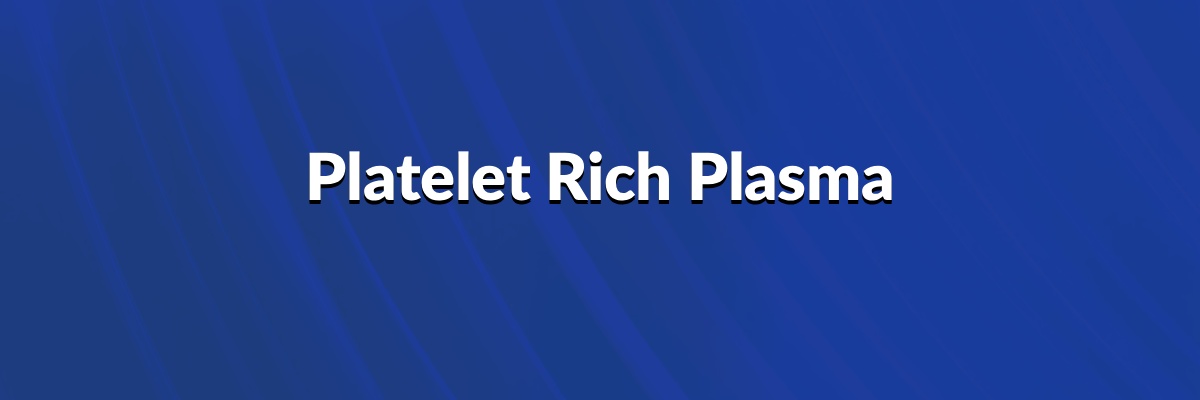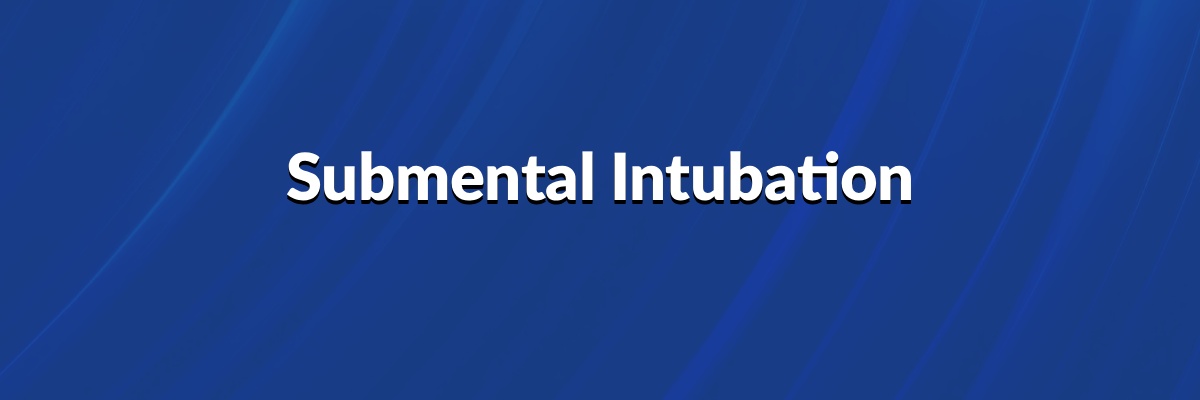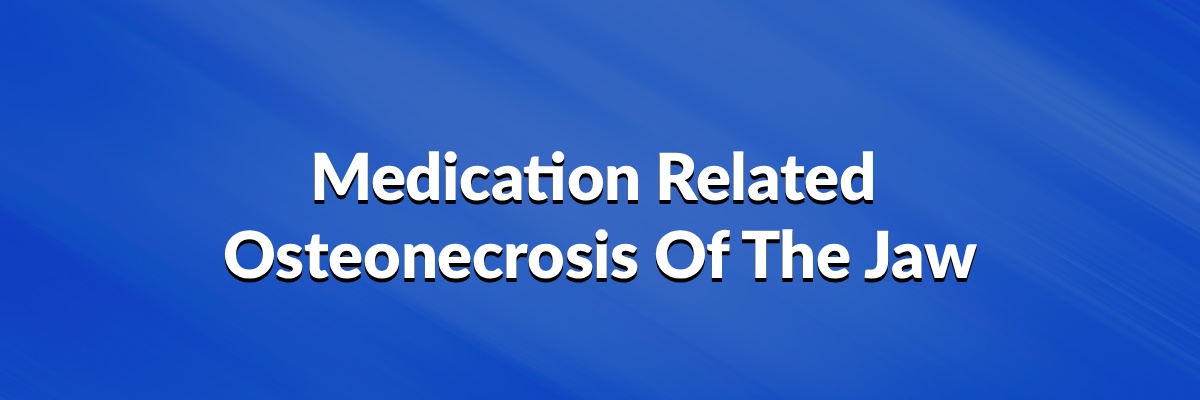Nerve Transmission Speed
- A-alpha: largest diameter, heavy myelin, fastest
- Mediate position and fine touch through muscle spindles and skeletal muscle efferents
- A-beta: large diameter, medium myelin, medium speed
- Mediate proprioception; respond to non-noxious mechanical stimuli
- A-delta: small diameter, minimal myelin, medium speed
- Carry pain and temperature (fast)
- C-fibers: smallest diameter, no myelin, slowest speed
- Carry pain and temperature (slow)
- The larger the nerve, the easier it is to injure, and the longer it takes to get anesthetized.
- The A fibers evolved more recently, are faster in conduction, and, because of the complex synthetic machinery necessary to synthesize myelin, less regenerative, and they actually die off as a result of injury
- C fibers, which are evolutionarily more primitive, are slower conducting and, because they lack myelination, more resistant to injury and more regenerative.
*A-delta fibers, C-polymodal nociceptors, silent nociceptors re all afferent neurons that respond to noxious stimuli
Cranial Nerves
| No. | Name | Sensory or Motor |
|---|---|---|
| CN I | Olfactory | Sensory |
| CN II | Optic | Sensory |
| CN III | Oculomotor | Motor |
| CN IV | Trochlear | Motor |
| CN V | Trigeminal | Sensory & Motor |
| CN VI | Abducens | Motor |
| CN VII | Facial | Sensory & Motor |
| CN VIII | Vestibulocochlear | Sensory |
| CN IX | Glossopharyngeal | Sensory & Motor |
| CN X | Vagus | Sensory & Motor |
| CN XI | Accessory | Motor |
| CN XII | Hypoglossal | More |
Oculomotor Nerve
- Motor function to all extraocular muscles, except lateral rectus (abducens) and superior oblique (trochlear)
- Motor to levator palpebrae; loss leads to ptosis
- Parasympathetic fibers carried by CN III from ciliary ganglion to pupillary sphincter cause pupillary constriction
- Anterior digastric – mylohyoid branch of mandibular nerve (V)
- Posterior digastric – facial nerve (VII)
- Tensor tympani – motor innervation from a branch of the mandibular nerve
- Lateral rectus – abducens (IV)
- Superior oblique muscle – trochlear nerve (VI)
Cranial Nerve Reflexes
| Reflex | Afferent | Efferent |
|---|---|---|
| Corneal | V1 | VII |
| Lacrimation | V1 | VII |
| Jaw Jerk | V3 | V3 |
| Pupillary | II | II |
| Gag | IX | X |
Facial Nerve Trunk
- Tympanomastoid suture line is palpable as a hard ridge deep to the cartilaginous portion of the external auditory canal. The facial nerve emerges a few mm deep to its outer edge.
- Tragal pointer: facial nerve lies 1cm deep and inferior to the pointer
- Digastric muscle: during parotidectomy, lateral retraction of the SCM muscle exposes the posterior belly of the digastric. The facial nerve trunk lies 1cm above and parallel to the upper border of the digastric muscle near its insertion at the mastoid tip
Identification of Facial Nerve During Parotidectomy: A Combined Anatomical & Surgical Study
House Brackmann Grading
| Grade | Function Level | Symmetry at Rest | Eye(s) | Mouth | Forehead |
|---|---|---|---|---|---|
| I | Normal | Normal | Normal | Normal | Normal |
| II | Mild | Normal | Easy and complete closure | Slightly asymmetrical | Reasonable function |
| III | Moderate | Normal | With effort, complete closure | Slightly affected with effort | Slight to moderate movement |
| IV | Moderate to Severe | Normal | Incomplete closure | Asymmetrical with maximum effort | None |
| V | Severe | Asymmetry | Incomplete closure | Minimal movement | None |
| VI | Total Paralysis |
Types of Nerve Dysfunctions
| Anesthesia | Absence of all sensory modalities |
| Paresthesia | An abnormal sensation (tingling), whether spontaneous or evoked |
| Dysesthesia | An unpleasant abnormal sensation, whether spontaneous or evoked |
| Hyperesthesia | Increased sensitivity to stimulation, excluding special senses |
| Hypoesthesia | Diminished sensitivity to stimulation, excluding special senses |
Classification of Nerve Injury
| Seddon’s Classification | Sunderland’s Classification | Injured Tissue |
|---|---|---|
| Neuropraxia | Grade I | Myelin |
| Axonotmesis | Grade II | Myelin, Axon, |
| Neurotmesis | Grade III | Myelin, Axon, Endoneurium |
| Grade IV | Myelin, Axon, Endoneurium, Perineurium | |
| Grade V | Myelin, Axon, Endoneurium, Perineurium, Epineurium |

Axonotmesis
- Physical disruption 1 or more axons w/o injury to stromal tissue
- Individual axons severed but investing Schwann cells and CT intact
- Preservation of the nerve trunk
- Stretch injuries
- Wallerian degeneration occurs
- Can present with paralysis, dysesthesia, weakness
- The nature and extent of sensory/motor deficit relates to # and type of injured axons
- Recovery of function depends on the degree of the damage
- Maximum recovery seen between 6mo-1yr
- Subdivided by the Sunderland classification
- II: axonal injury
Neurotmesis
- Complete transection axon and supporting tissues
- Subdivided by the Sunderland classification
- III: axonal + endoneurium
- IV: axonal + endoneurium + perineurium
- V: axonal + endoneurium + perineurium + epineurium → resulting in significant scarring
- Inflammatory response -> scarring -> prevents healing
- Many mechanisms: crush injury, severing, stretching
- Manifests as pain, dysesthesia, complete loss of sensory or motor function
- Complete recovery is rare
- Without surgical intervention neuroma may form
Sunderland Grade and Recovery Patterns
| Degree of Injury | Recovery Pattern | Rate of Recovery | Treatment |
|---|---|---|---|
| First Degree | Complete | Fast (days to weeks) | None |
| Second Degree | Complete | Slow (weeks) | None |
| Third Degree | Variable | Slow (weeks to months) | Possible nerve exploration |
| Fourth Degree | None | Unlikely to recover | Microneurosurgery |
| Fifth Degree | None | No recovery | Microneurosurgery |
| Sixth Degree | Varies | Varies | Varies |
- In the parasympathetic autonomic nervous system, pre- and post-ganglionic fibers synapse close to the target organ, not close to the spinal cord, as occurs in the sympathetic nervous system. Parasympathetics to the eye synapse behind the globe in the ciliary ganglion and arise from CN III. Parasympathetics to the parotid synapse in the otic ganglion and arise from CN IX. Parasympathetics to the palatal minor salivary glands and nose synapse in the pterygopalatine ganglion and arise from CN VII. The neurotransmitter at this site is acetylcholine.
- The anterior digastric is innervated by the mylohyoid branch of the mandibular nerve (V), while the posterior belly of the digastric is innervated by the facial nerve (VII). They are actually 2 embryologically distinct muscles originating from branchial arches I and II, respectively. The tensor tympani receives its motor innervation from a branch of the mandibular nerve (V). The intrinsic (genioglossus and geniohyoid) and extrinsic tongue musculature receives motor input from the hypoglossal nerve (XII). The glossopharyngeal nerve (IX) provides special sensory innervation (taste) to the posterior tongue, innervates the carotid sinus, and carries autonomic input to the parotid gland and oropharynx. The abducent (VI) nerve innervates the lateral rectus muscle, while the trochlear nerve (IV) innervates the superior oblique muscle.
- Integrity of the temporo-facial trunk of the facial nerve can be assessed by performing a corneal reflex (tearing to touching the ipsilateral cornia). The afferent limb is the first division of the trigeminal nerve and the efferent limb is the facial nerve.
- Strabismus is associated with defects in cranial nerves III, IV, VI
- Injury to the frontal branch of the facial nerve causes frontalis weakness and brow ptosis. Lagophthalmos and exposure keratitis are associated with injury to the zygomatic branch of the facial nerve. Hypertropia refers to globe elevation from impaired globe depressor function, as may be seen in injury to the inferior division of the oculomotor nerve.
Phrenic Nerve
- The phrenic nerve innervates the diaphragm and arises from cervical segments 3,4,5. A cervical spine injury at this level would likely cause severe ventilatory dysfunction, affecting tidal volume, vital capacity, and FEV1.


















